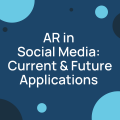5 Trends That Will Shape Content Marketing In 2018
Sahail Ashraf posted on 12 December 2017
2018 will be a banner year for content marketing. There are a few developments coming up that will make the industry literally look different.
With consumers becoming savvy and more informed, agencies will need to dig deep into their ideas bank to continue to stay relevant with clients.
We’ve got your back on this one, and we’ve taken a look at a few of the changes and technological advances that could make (or break) campaigns in 2018.
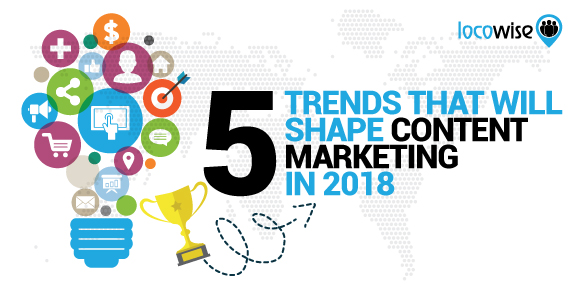
Native ads. They’re coming in from the cold
Native advertising is actually a concept that some marketers (and clients) just don’t get. And we can see why. If it is done well, it is basically impossible to spot it.
Native advertising happens where a brand features something (typically editorial content) on a platform, and that something is being used to market products and services. To put it in perspective, it’s often an article about a problem or industry update. People don’t immediately think it is an ad. But perhaps you will detect a little of the brand’s voice here and there. Or you might spot the brand name in the corner.
The general idea is that native advertising shows expertise and comment, and this is what attracts the audience. Then, as the audience navigates the content, the brand places itself upfront as a problem solver.
Another way in which native advertising can be done by almost any brand is the contextual link. This is where a brand runs a piece of content (such as an article) and then links out, somewhere in the piece, to its hub content, such as a website. It’s not hard to spot if you take a look at a brand’s website.
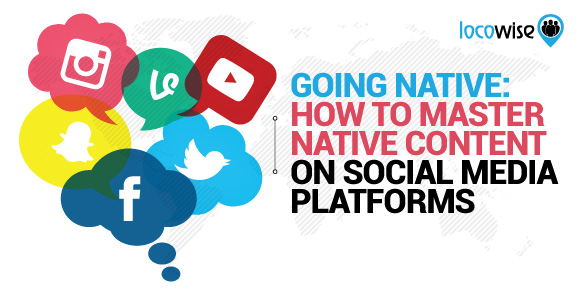
In 2018 this will change. It will move away from the untrustworthy version it used to be, with high quality content being an absolute prerequisite if native advertising is to become truly effective. This will partly be because large brands that carry ads (such as Twitter) will suffer clickbait less easily. And that will force brands to create great quality first, and links and references to their product second.
Live Streaming is growing
Live video is officially better (or at least more popular) than on-demand. Technology is also making it easier to both create and access. You can now livestream quite easily with a smartphone, and at high quality levels.
Expect to see more of this. With barriers to entry virtually disappearing, live video streams will blow up in 2018. This will prove invaluable for branding as product designers and creatives show how they do what they do, but live. Some will be great at it and others will be not so great. What will shine through is that ability to connect with an audience through honest, clear communication.
For example, customers are starting to expect that they will be able to speak to a company directly, and develop that close connection. And questions they have should be answered immediately in a time where we have Twitter and Facebook. It is attractive to customers when they know they can jump in on a livestream and ask questions they need answers to.
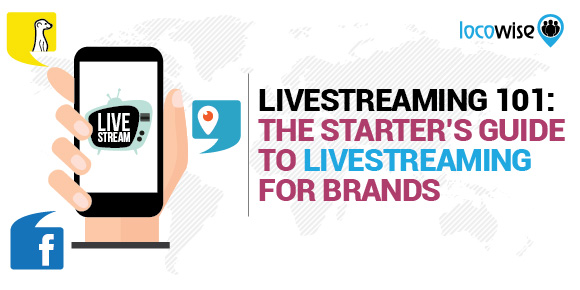
The big innovation within this medium will be production quality. Again, technology has made it much easier to produce live video that looks like it was created by professionals. At the same time, people can invest in technology and settings that make them professional, and we feel this can be the edge that a brand should pursue.
Story-telling, but with influence
Influencer marketing is still around, and people are still happy to jump on YouTube and watch videos by their favourite personalities. Whole careers are now being built on influencers and how they deliver their content.
It is important to remember that influencers have a story to tell. And they are very good at getting their followers to respond to these stories. That kind of market needs to be tapped into. And with the rise of smaller influencers, brands can develop more in-depth stories for less investment.
We expect to see influencers becoming even more powerful in 2018, and brands basing campaigns around them in a way that is much more transparent.
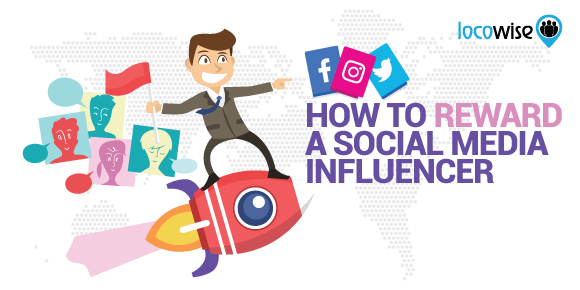
The Virtual Way
Virtual reality is a very powerful channel for marketers, and it’s new enough to still be attractive to the majority of an audience. Tapping into this is definitely going to be on a number of brand agendas in 2018.
This also includes Augmented Reality (if you’re not clear on what this is, just think Pokemon Go), which is being used by brands right now to show customers what paint colours will look like on their kitchen walls, for example. It is this kind of ‘disappearing’ into a marketing experience that leads us to believe VR and AR will become so big in 2018 that brands will include the elements as a matter of course.
And as for Virtual Reality, don’t be too surprised if you see carmakers giving customers ‘in the cockpit’ experiences for their newest models. While that may not happen in 2018, it really won’t be too long before it will.
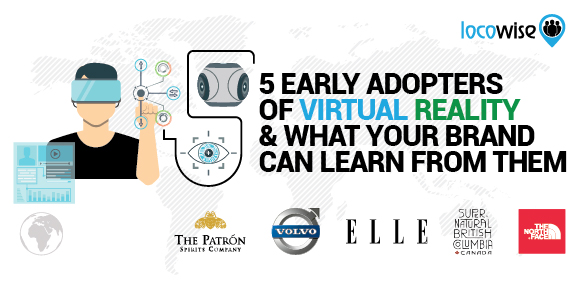
A personalised experience
While to some people it may seem a little creepy, personalising the marketing experience is going to become bigger than ever.
Brands are now able to dig up huge amounts of information on their customers. They can see what they are buying, where they are going online, and what they plan to buy when they place something in an online basket ‘for later’.
This is really important. If a brand can track a customer’s journey through the sales process they can start to communicate with them about that process, but on a meaningful level. We think that the more this becomes mainstream (presuming people don’t get annoyed at being tracked so much), the more agencies will be able to pitch campaigns at exactly the right level and with the perfect pitch for consumer interest.
We think the above trends will shape marketing and content marketing hugely in 2018. And yes, it is a little scary, but at the same time it keeps the work of a digital agency alive and current, as long as that digital agency embraces it.
If you need to reassure your clients that virtual reality isn’t going to eat them alive, or that their next social media report will be useful, try Locowise for seven days, completely free. And just to be clear, we’re not convinced on that ‘eating alive’ thing.




